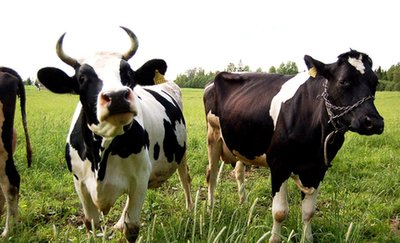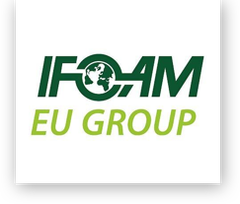article
Organic food and farming are one of the fastest growing sectors in Europe with innovation as their driving force. Internet of Things is an area that promises to provide solutions and support organic in its mission to help transition to the sustainable food and farming systems.
How can IoT bring organics forward?
IoT technology offers new possibilities for all the actors in the organic value chain, from producers to distributors to consumers. Organic systems are rooted in the idea of working with nature to minimize the use of external inputs. Wireless sensors that detect micro-climatic and physical conditions of the plants can become a powerful ally in organic farmers’ quest to control pests and diseases. They can also help farmers save precious resources such as water, and bring down the labour costs thus increasing farmers’ competitiveness and resource efficiency.
The technology can also indicate the quality of the crops and predict an optimal harvest moment, making farmers’ planning and logistics easier. At the same time, as retailers and traders can get more accurate information about the expected delivery time, the quality and origin of produce, consumers can enjoy the freshest products on their table from a farm that they trust.
Sensors attached to the animals can give a timely signal to the farmer if there is a health issue while also providing a complete health history to the vets, which in turn can assure a better care and health outcomes for the animal. The use of weight estimation devices can give farmers a real-time insight on animal growth as a well as tailored advice on optimum feeding regimes.
Finally, organic is a quality scheme which requires proper labelling and certification. IoT can provide solutions based on traceability tools, on-line registration of operations, and continuous mass balances based on sensors and immediate communication to producer and to certification bodies. The advantages would be a decreased risk of fraud and bureaucratic burden, especially for small producers who are often disadvantaged by the complexity of certification systems.


What stands in the way?
These are just a few ways in which IoT technology can improve organic farmers’ decision making, competitiveness, farm sustainability and traceability along the value chains. As any other technology, IoT comes with a number of challenges that needs to be addressed to ensure its uptake and the benefits for all actors.
One of the major concerns for organic food and farming sector might be the loss of traditional knowledge and know-how as IoT technology becomes more prevalent. Organic farmers used to rely on their observational skills and had time to assess the state of the crops or animals and come up with a solution. With the increase of farm size due to higher demand for example, the technology steps in to make the decision making and production process quicker and more manageable but also less dependent on personal judgements. A current challenge is thus finding a way to combine traditional knowledge with IoT as well as to preserve and pass on this knowledge.
A related challenge is linked to the farmers’ skills necessary to operate IoT devices effectively. Even the most user-friendly devices and apps require a certain capacity on behalf of the user to operate smoothly without the need for continuous advisory support. Given an increasingly ageing population trend in the farming communities in Europe, this might be a considerable challenge for the future. The scale of operations and the investments costs associated with IoT technology might make the digital divide between small and large organic farms even more acute.
Finally, as in the case of conventional agriculture, the big data collected, analysed and stored by various IoT devices raises legitimate concerns about data access, management and privacy.
What is already working?
While IoT technology is yet to be taken up by the majority of organic food and farming actors, there are successful examples of its use in various parts of Europe. For instance, in Italy a tech company AURORAS used wireless sensors to predict three powdery mildew outbreaks in an organic vineyard 12 hours in advance. The predictions helped save around EUR 8000 for the farmer. In the UK, software companies Senseye and Libelium joined forces to increase the crop production and competitiveness of nine organic farms across the country. The installed and connected sensors monitored environmental conditions (humidity, soil moistures, temperature etc) to predict and warn farmers about threats to their crops.
Author: Yulia Barabanova, IFOAM EU
Photo credits: Triin Viilvere
the internet of things:
what’s in it
for organics?
IFOAM EU
A contribution written by IFAOM EU, the European umbrella organisation for organic food and farming
